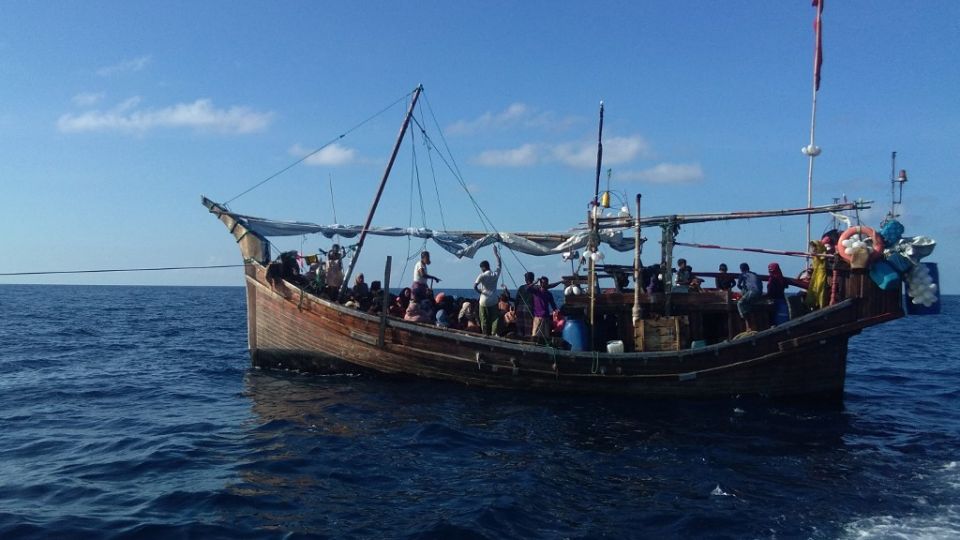January 14, 2022
JAKARTA – Indonesia is not a signatory to the 1951 Refugee Convention, and as such, is not obliged to take on the boatloads of asylum seekers that have been arriving in large numbers to avoid persecution in their countries. Indonesia, nevertheless, has been taking in many such people on humanitarian grounds, temporarily, and has arranged with the United Nations High Commission on Refugees (UNHCR) to accommodate them, pending their resettlement in third countries.
The latest case is the fate of 105 Rohingya from Myanmar’s troubled Rakhine region stranded in the Aceh city of Lhokseumawe. Their boat had been turned away by Malaysia, their original destination, before Indonesia took them before the end of the year. Now that they have been vaccinated and completed their COVID-19 quarantine, Lhokseumawe wants them out. North Sumatra has also rejected them since the province is already overwhelmed with many asylum seekers.
This mechanism is on the brink of breaking down because the number of asylum seekers is simply staggering and still growing. It is already overwhelming the UNHCR office in Indonesia and is creating problems for the host nation too.
At the last count, there were more than 13,000 people registered as refugees by the UNHCR. This does not include those who arrived in Indonesia but did not qualify by UNHCR’s definition and it does not include the thousands that are still arriving.
This problem is not going to go away quickly. On the contrary, we hear reports of desperate refuge seekers, many who have been in Indonesia for more than 10 years, protesting and camping outside the UNHCR office demanding speedier resettlement in third countries. There are also reports of these refugees getting into conflicts with the locals in the community where they are accommodated.
The asylum seekers include people from as far away as Iraq, Sri Lanka, Afghanistan and Myanmar. For them, Indonesia is a convenient jumping point to reach their final destination: Australia.
One possible way out of the impasse is for Indonesia to consider signing the 1951 convention or its 1976 protocol, or preferably, both. A total of 149 countries are signatories to the convention, including African countries that are much poorer than Indonesia. Among our neighbors, only the Philippines and Cambodia are signatories to the convention, while the non-signatory list includes India, Bangladesh, Pakistan, Sri Lanka and Malaysia.
With ample space and now a stronger economy, there is no real reason why Indonesia should not sign the convention, extending on the humanitarian theme that we used in taking them in. There is also an ideological reason: The second principle of the state ideology Pancasila, a just and civilized humanity, should be extended to those in need of help, irrespective of their nationality.
Although Indonesia was not their main destination when these asylum seekers braced the rough seas risking their lives, the reality is that many of them have been stranded in Indonesia for many years, some picking up the language, and their children going to school, some of them even getting married with locals.
Acceding to the 1951 convention is not likely going to lead to a massive inflow of refugees, but it will give them the option that if they forfeit their dream to start a new life in Australia or elsewhere, they can build their dream right here in Indonesia.

